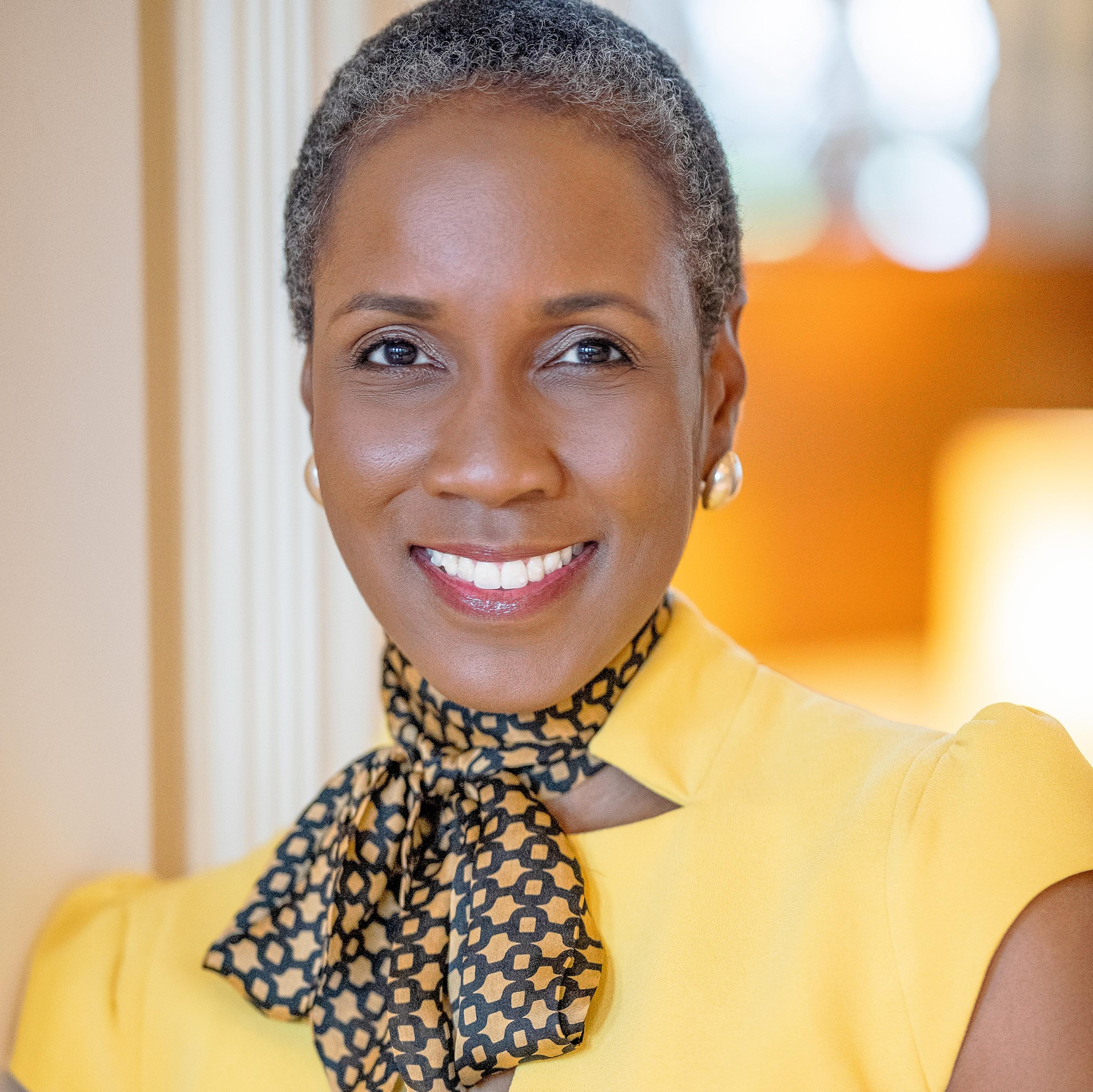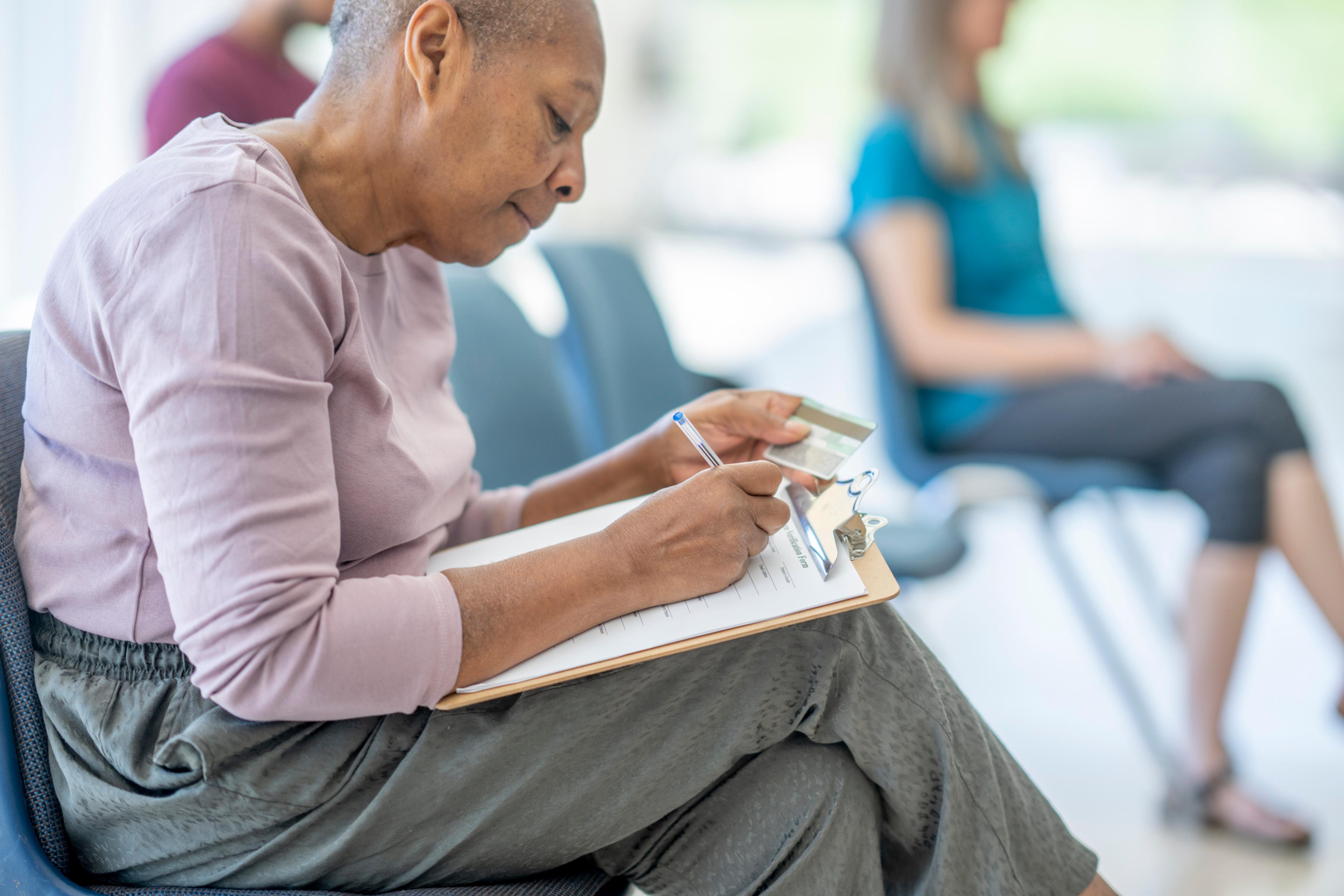Building an Inclusive Workplace

| 4 min read
Ms. Hurd is the vice president, Inclusion and Diversity and Chief Diversity Officer at Blue Cross Blue Shield of Michigan where she is responsible for leading and executing the corporate inclusion and diversity strategy for Blue Cross and its subsidiaries and shaping a culture of inclusion. She also leads the Office of Health and Health Care Disparities with a vision of Better Health for All which focuses on achieving health equity in the delivery of, quality and access to care. Ms. Hurd facilitates the enterprise’s Diversity Leadership Councils, Physician Diversity Council and oversees diversity and cultural competency learning opportunities for employees, Inclusion and Diversity coaching programs, 15 employee resource networks and the integration of an inclusion and diversity lens in providing service to members and customers. She currently represents Blue Cross on the Michigan Coronavirus Task Force on Racial Disparities, appointed by Governor Gretchen Whitmer in April 2020. She serves on the BCBS Health Equity Champions Committee and the national Health Care Transformation Task Force Health Equity Advisory Group. Hurd is a recipient of the national DentaQuest 2020 Health Equity Heroes award which recognizes individuals working to achieve equity during this time of coronavirus. In 2021, she was also recognized as a Top 100 Diversity Officer by the National Diversity Council.

Change the way we think
- Focus on seeing people as individuals.
- Increase your exposure to people from different backgrounds.
- Practice mindfulness.
- Take time to pause and reflect on your interactions.
- Try seeing things from the perspective of others.
- Work on consciously changing your stereotypes.
Improve the workplace
- Different perspectives are heard and valued.
- Others are seen and included at the table.
- Respect is demonstrated in big and small ways.
- The contributions of all team members are valued equally.
- You recognize the unique person in front of you.
- The Magic of Workplace Diversity and Inclusion
- Diversity and Inclusion Make Our Workplace Stronger
- Blue Cross Works to Address Health Care Disparities





